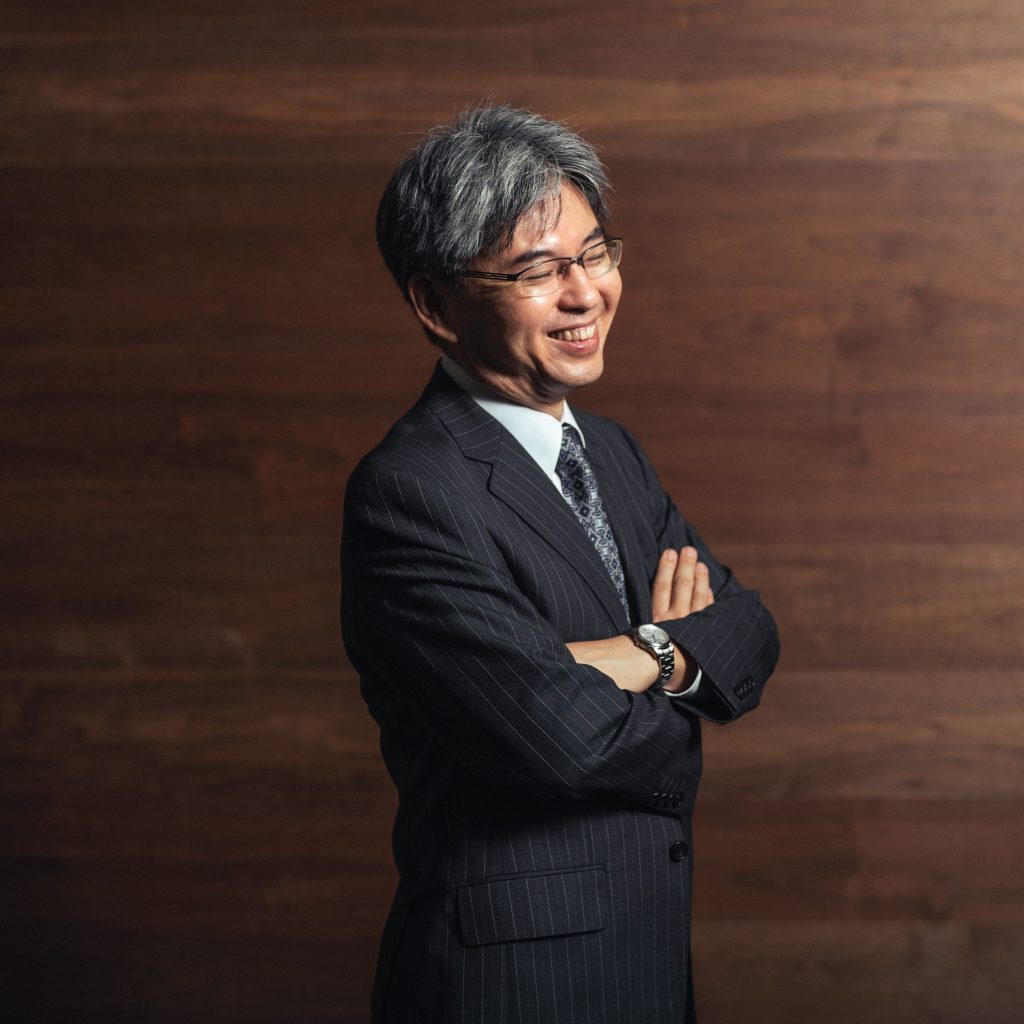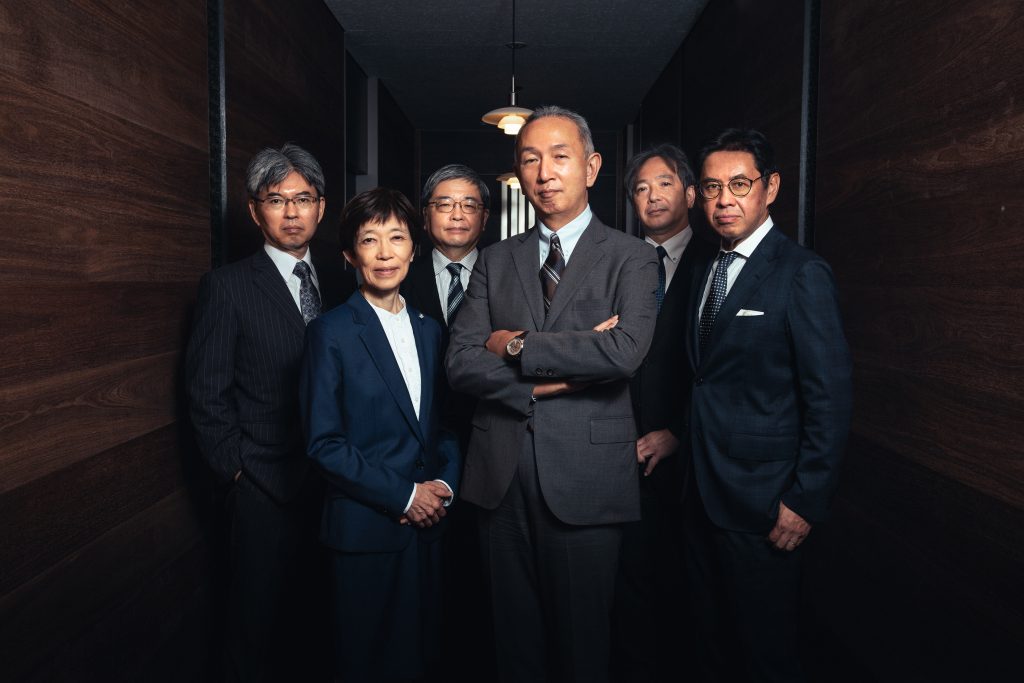Learning How to Learn: A Required Pre-Enrollment Course for all New Students

“Learning How to Learn:” an innovative, nonremedial, course to introduce students to how they will learn in university and society, and how to design one’s own way of learning. Sophia University’s Vice President for Academic Affairs expands on this new course that all students began taking during the 2022 academic year.
Course Selection Informed by Sophia’s Approach to Learning
“Learning How to Learn,” which students began taking during the 2022 academic year, is a required, pre-enrollment preparatory course. Through a series of 11 on-demand videos, students will be able to visualize their coming four years as Sophia University students and their following careers by exploring answers to questions like What is learning at university? What does it mean to study at Sophia University? What is the difference between learning at university and learning in high school?
Prior to the 2022 academic year, new students had approximately 10 days to select their courses. However, determining one’s direction of studies during this short period is very difficult and leads to some students registering for courses despite not having a true understanding of what they entail. This can result in decreased motivation to take such courses, a persisting lack of clarity during course selection into the student’s second year, and only realizing during senior year the various available learning opportunities. “Learning How to Learn” provides all students with a firm grasp of the entire curriculum and allows them to take advantage of all of Sophia University’s offerings.
Learning from Previous Students’ Successes and Regrets
The 11 lectures in “Learning How to Learn” consists of 15-20 minute videos and quizzes. In the first half, students learn about the philosophy and history of Sophia University. In the middle and latter half, students learn about curriculum concepts, study abroad, learning opportunities outside the classroom, career development, and coursework design. At the end, the videos return to the educational spirit of Sophia University. The course is designed not to be remedial – content learned during high school is not re-taught, setting it apart from other types of pre-enrollment courses.
The course also features dozens of students, alumni, faculty, and staff, who share not only their biggest successes but also their moments of failure, and what they learned. One student featured in the videos expressed regret for only taking courses recommended by seniors and friends, which turned out to be very different from their interests. One graduate shared their experience of studying abroad in the Philippines, where they planned to visit a destitute area that they assumed would be a painful and tragic place. However, when met with smiling children, their image of the area changed completely; this inspired the student to pursue SDGs-related work at a food company. Real-life experiences of those studying before us are extremely relevant to new students and can make the experience of learning more personal.
Upon completing all 11 lectures of “Learning How to Learn,” students are required to write a final report reflecting on the spirit of Sophia University and how the student plans to study for the next four years, all of which will prepare the student for starting University. Yet, the report is not the end and it will be used for group work in the required course “Studies in Christian Humanism: For Others, With Others.” In addition, reports can now be preserved in the “Self-Study Portfolio” (introduced in FY2022), so that students can look back on the four years they envisioned before enrolling and compare it to the courses they actually took from their second year onwards.
New Students with Renewed Attitudes and Drive
While there is no penalty for failing to take the course, almost all students completed the course, with 97% also submitting the required report, in the first year of implementation. In a post-completion questionnaire, average scores for both comprehension and satisfaction were well above 4 out of 5, with comments such as “my interest in other departments’ courses and the university-wide common courses has increased,” and “I now understand the importance of challenging myself based on my interests.”
Above all, we, the faculty members, were surprised by the change in attitudes of new students versus those in the past. The faculty in charge of “Studies in Christian Humanism” said, “the students have clearly changed,” and “we can see that they have a sense of purpose and are eager to learn.” Students are now learning about Sophia’s history and identity prior to enrollment, allowing time in class to be spent thinking deeper and asking and ruminating on questions. We look forward to seeing how students who take this course will transform and grow in the future.
Learning does not end at university. The aim of the university-wide common education reform, including “Learning How to Learn,” is to provide students with a foundation for lifelong learning. The University also provides many opportunities for learning after graduation, such as in “Professional Studies,” a course for working adults created in collaboration with industry and academia, and the “Graduate Degree Program of Applied Data Science” (opening April 2023) for data science and business development skills.
For those who enroll at Sophia University, “Learning How to Learn” will continue to be the first step in a long and self-sustaining lifetime of learning.
